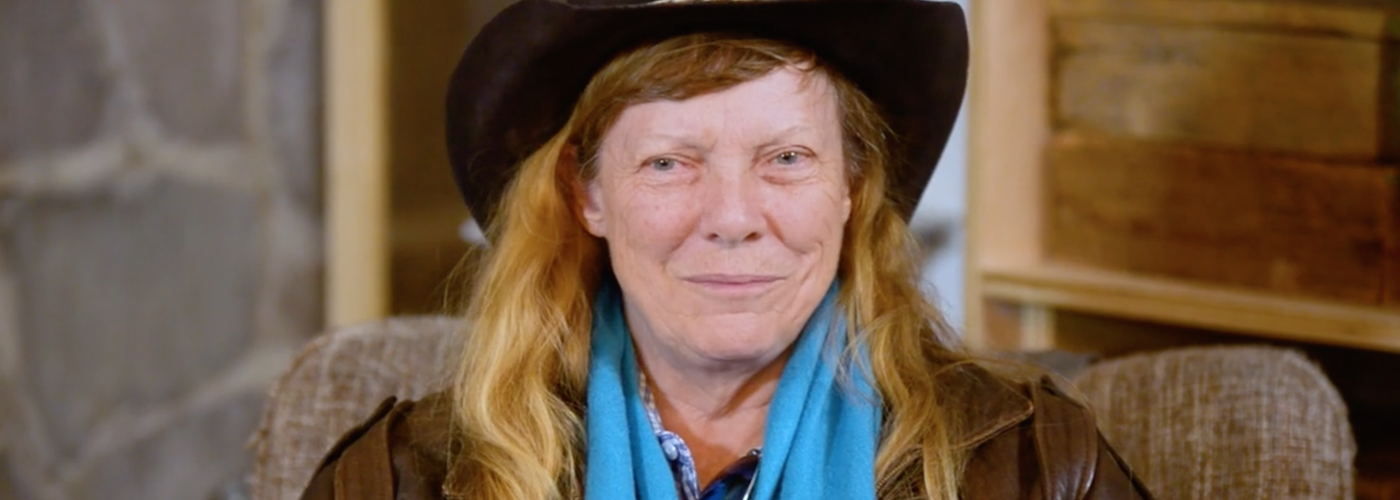Every great American company was once a startup. Under Armour launched in a basement in DC; Nike grew up on a running track in Oregon; Microsoft started in a garage in Albuquerque, and Dell kicked off from a dorm room in Texas.
Three hundred thousand people work for those four companies – and none of those jobs existed forty years ago. In the past four decades, entrepreneurs have created 100 percent of the net new jobs in our country.
Every great American company was once a startup. Tweet This Quote
Yet American entrepreneurship is in decline. Over the past 20 years, startup investment in three states (California, Massachusetts, and New York) has jumped threefold, but new firm creation has declined nearly everywhere else. The “Big Three” states eat up 78 percent of all venture capital dollars. Put another way, a total of 20 counties have created half of the new jobs since the Great Recession.
We’re seeing the result: from Brexit to the election of Donald Trump, it’s clear that many people have anxiety about where the jobs of the future will come from.
Over the past several years, our team at Village Capital has seen a different side of American dynamism. We’ve worked in 35 cities and invested in over 70 entrepreneurs, most of them in states outside of the Big Three.
We’ve got a top-down system where a few firms in a few states decide which entrepreneurs get a shot at success. Tweet This Quote
We’ve invested in companies in the Heartland solving real-world problems: Spensa Technologies, from West Lafayette, Indiana, uses revolutionary technology to help farmers cut their pesticide use and make more money. Upsie, from Minneapolis, helps consumers get fair prices on their most important warranties. PearDeck, from Iowa City, has helped over one million students provide their teachers with real time feedback through their mobile phones.
We’ve run programs for entrepreneurs from rural Appalachia, who are teaching coal miners to code and building companies that could only ever be built in a part of the country with deep cultural traditions and unique natural resources.
We’ve also worked in dozens of communities, from Portland, Maine, to Phoenix, Arizona, as a partner on the Rise of the Rest bus tour, led by AOL founder Steve Case and his firm Revolution (as well as the Economic Innovation Group).
The IIOA is the rare piece of legislation that brings together both parties. Tweet This Quote
In these cities, I often hear local elected officials – from both parties – asking what they can do to help startups create more jobs. My best answer: America needs the Investing in Opportunity Act (IIOA).
Introduced last year by bipartisan members of Congress, the IIOA is the rare piece of legislation that brings together both parties. It’s designed to encourage new investment in communities that suffer from a lack of business growth, in three ways.
1. The IIOA will drive capital to different parts of the country.
The law will create “Opportunity Zones” – chosen by governors – and allow investors to temporarily defer capital gains by investing in businesses located in these zones.
2. The law will put decision-making power in the hands of people closer to the ground.
Eighty percent of venture capital funds are located in three states; by this point, you can probably guess which ones they are. It’s too common to hear an investor say they won’t invest in a place they can’t drive to, which often means much of the non-coastal United States. The IIOA will change this dynamic. It will allow investors to pool risk and invest in “Opportunity Funds” that are managed by people on the ground in under-invested parts of the country. This means a greater number of people across the country deciding which businesses get a shot.
3. The IIOA will encourage us to re-think the purpose of business.
Today, most investors think in a “build to flip” mindset, trying to capture value in the short term, versus a “build to last” mentality, creating jobs and wealth in the long term. The outcome is “quick hit” investments like Facebook’s $1 billion purchase of Instagram when it was 13 months old – bringing tremendous wealth to Instagram’s 13 employees, but creating very few jobs in the process.
Instead, the IIOA will promote a “build-to-last” mentality. Businesses that employ thousands of people take a long time to grow. The IIOA will reward investors who hold on to a business for longer than ten years, by providing them with a full exemption on capital gains taxes. If you’re willing to be patient and grow a business in a community that needs it, you’ll be rewarded.
The government has an important role to play in encouraging the distribution of innovation across America. Tweet This Quote
The government has an important role to play in encouraging the distribution of innovation across America. The constitution’s Postal Clause guarantees the delivery of mail to remote communities. The Federal Reserve has member banks in cities across the country so that not all of our monetary policy is conducted in New York. Antitrust legislation and regulatory regimes for public utilities were created to make certain that great ideas could emerge in different corners of the country.
In an essay in The Atlantic last year, James Fallows reflected on his three year, 48-city tour of the United States by writing that “America thinks of itself as having a few distinct islands of tech creativity; I now see it as an archipelago of start-ups and reinventions.” Building archipelagos of innovation is not a new idea. Unfortunately, we’ve got a top-down system where a few firms in a few states decide which entrepreneurs get a shot at success. The IIOA will help us build our future economy from the bottom up.
This article originally appeared on Medium.



